by Philip Graham
Ross Barkan is certainly having a moment. His third and most ambitious novel, Glass Century, set in New York and encompassing over fifty years of the city’s history, has recently been published and is enjoying a raucously enthusiastic critical reception.

I wasn’t surprised by the praise for Glass Century. Having been a New York City cabdriver in the ’70s, a volunteer near Ground Zero in 2001, and the father of a daughter who refused to abandon her West Village apartment and beloved city during the Covid crisis, I found myself utterly convinced on every page by Barkan’s long game of interweaving intimate family secrets with the public unfolding of the city’s historic crises. And he can write a mean tennis match, too.
Meanwhile, this week Barkan’s long-time friend and political comrade-in-arms, Zohran Mamdani, has triumphed in the Democratic primary for New York City mayor. One might say that Ross Barkan, a 35-year-old novelist, journalist, essayist and political commentator, is feeling the warm embrace of the zeitgeist.
Philip Graham: Your novel Glass Century begins with the two main characters, Mona Glass and Saul Plotz, as they prepare the final arrangements of a false marriage. That their wedding will be staged is a secret built on another secret: Saul is already married and has two children. Mona believes this fictional wedding with her lover will fool her parents, who are relentless in their insistence that their fiercely independent daughter settle down and start a family.
Somehow, they manage to pull off the deception, not only for the wedding but for the many years of their actual committed relationship. A lot of people in this novel have to maintain the secret, and at least an equal number need to ignore or adopt a complicit silence about their suspicions—Mona’s parents and Saul’s wife and children, in particular. And somehow you manage as author to maintain this tightrope trick throughout the novel. It certainly rang true for me. Every family, I believe, cloaks some truth or truths that must remain silent.
Ross Barkan: Secrets are everything: shameful, powerful, ennobling, destructive. There isn’t a family without secrets. It’s only a matter of how large they are. Secrets were on my mind as I wrote Glass Century. How do we keep them? Whom do they hurt? Who benefits? A secret, sometimes, offers something of a counter-life. You slip in and live in a way you might not have otherwise. Already married Saul, in this instance, finds Mona to be something like his counter-life. And Mona, in turn, has the image of marriage, which was so important to her traditional parents in the 1970s. Of course, what makes this all interesting, as you point out, is that there are others aware of the ruse. There’s complicity. It’s plausible, certainly, to be skeptical of all of this—how is it possible? In a fictional world, there can be a just-so quality to events but I wanted to write in a manner where it didn’t seem so fantastical for secrets like these to be held. Men and women do have affairs, lives are carved out within lives, and families, in a way not so dissimilar from organisms, must adapt gradually to all of it. As I wrote the novel, I considered image versus reality, and how, from the outside, we know so very little about people. That’s the beauty of the novel form, and why I love it so: there’s the ability to excavate that interiority, that consciousness. I loved living in the pages with Mona and Saul. Read more »


 Orwell has surely been safe for ages – through just two famous books, neither of which is Keep the Aspidistra Flying. His essays seem alive too. Ideology plays a role here: he was saying things in Animal Farm and 1984 that influential people wanted disseminated. You couldn’t get through school in Britain without being made to read him. I persist in thinking him overrated. Will he fade without the Cold War? There’s no sign of it yet.
Orwell has surely been safe for ages – through just two famous books, neither of which is Keep the Aspidistra Flying. His essays seem alive too. Ideology plays a role here: he was saying things in Animal Farm and 1984 that influential people wanted disseminated. You couldn’t get through school in Britain without being made to read him. I persist in thinking him overrated. Will he fade without the Cold War? There’s no sign of it yet.
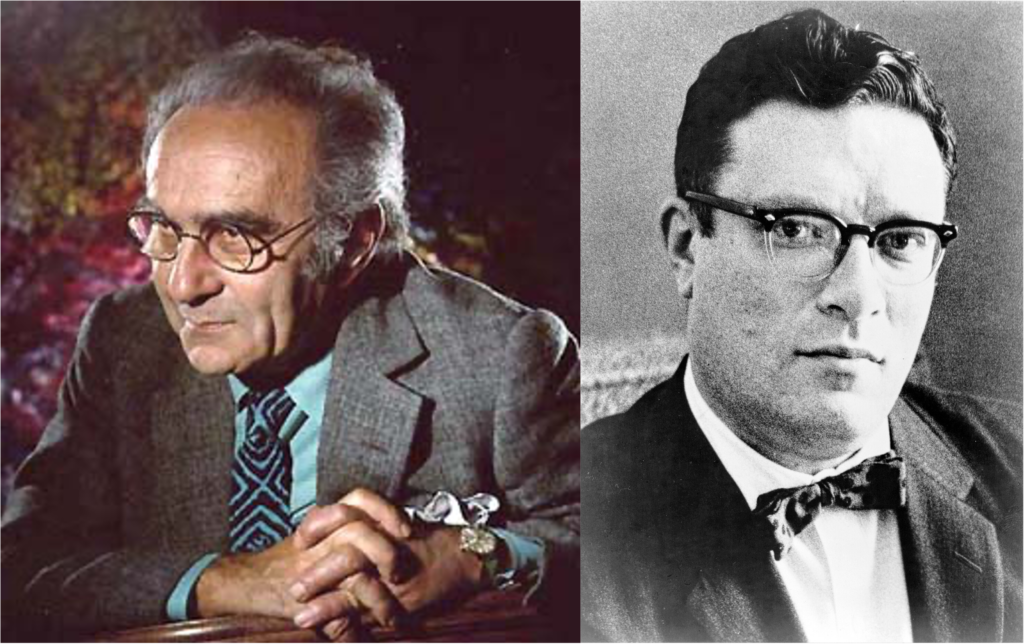
 About a third of the way through a first-year humanities honors course, one of my more engaged and talkative students pulled me aside after class for a private chat. She waited, clearly anxious, while the rest of her classmates filed out and then turned to me with her eyes already filling up with tears.
About a third of the way through a first-year humanities honors course, one of my more engaged and talkative students pulled me aside after class for a private chat. She waited, clearly anxious, while the rest of her classmates filed out and then turned to me with her eyes already filling up with tears.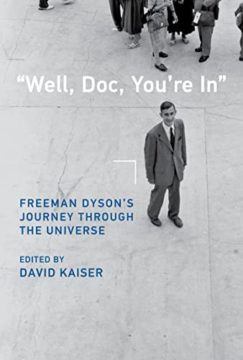 Now there is a
Now there is a 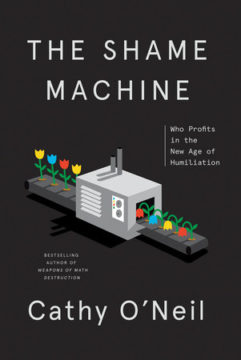
 And then I started trying to warn people about the dangers of algorithms when we trust them blindly. I wrote a book called Weapons of Math Destruction, and in doing so I interviewed a series of teachers and principals who were being tested by this new-fangled algorithm called the value-added model for teachers. And it was high stakes. They were being denied tenure or even fired based on low scores, but nobody could explain their scores. Or shall I say, when I asked them, “Did you ask for an explanation of the score you got?” They often said, “Well, I asked, but they told me it was math and I wouldn’t understand it.”
And then I started trying to warn people about the dangers of algorithms when we trust them blindly. I wrote a book called Weapons of Math Destruction, and in doing so I interviewed a series of teachers and principals who were being tested by this new-fangled algorithm called the value-added model for teachers. And it was high stakes. They were being denied tenure or even fired based on low scores, but nobody could explain their scores. Or shall I say, when I asked them, “Did you ask for an explanation of the score you got?” They often said, “Well, I asked, but they told me it was math and I wouldn’t understand it.”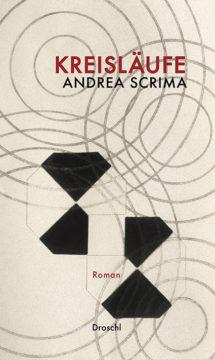
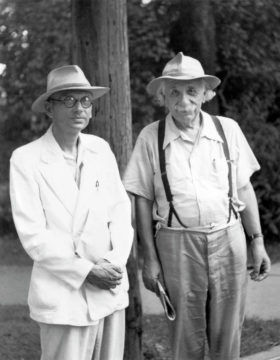

 Religion has always had an uneasy relationship with money-making. A lot of religions, at least in principle, are about charity and self-improvement. Money does not directly figure in seeking either of these goals. Yet one has to contend with the stark fact that over the last 500 years or so, Europe and the United States in particular acquired wealth and enabled a rise in people’s standard of living to an extent that was unprecedented in human history. And during the same period, while religiosity in these countries varied there is no doubt, especially in Europe, that religion played a role in people’s everyday lives whose centrality would be hard to imagine today. Could the rise of religion in first Europe and then the United States somehow be connected with the rise of money and especially the free-market system that has brought not just prosperity but freedom to so many of these nations’ citizens? Benjamin Friedman who is a professor of political economy at Harvard explores this fascinating connection in his book “Religion and the Rise of Capitalism”. The book is a masterclass on understanding the improbable links between the most secular country in the world and the most economically developed one.
Religion has always had an uneasy relationship with money-making. A lot of religions, at least in principle, are about charity and self-improvement. Money does not directly figure in seeking either of these goals. Yet one has to contend with the stark fact that over the last 500 years or so, Europe and the United States in particular acquired wealth and enabled a rise in people’s standard of living to an extent that was unprecedented in human history. And during the same period, while religiosity in these countries varied there is no doubt, especially in Europe, that religion played a role in people’s everyday lives whose centrality would be hard to imagine today. Could the rise of religion in first Europe and then the United States somehow be connected with the rise of money and especially the free-market system that has brought not just prosperity but freedom to so many of these nations’ citizens? Benjamin Friedman who is a professor of political economy at Harvard explores this fascinating connection in his book “Religion and the Rise of Capitalism”. The book is a masterclass on understanding the improbable links between the most secular country in the world and the most economically developed one.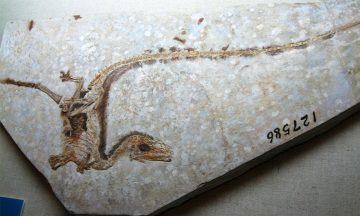
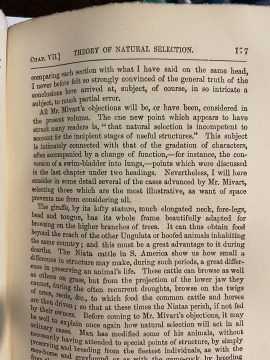
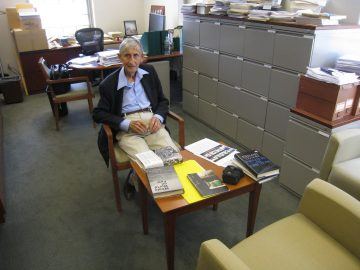
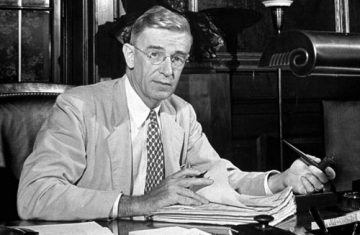
 A few days ago I finished watching a new
A few days ago I finished watching a new 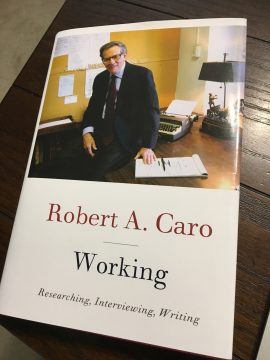 Robert Caro might well go down in history as the greatest American biographer of all time. Through two monumental biographies, one of Robert Moses – perhaps the most powerful man in New York City’s history – and the other an epic multivolume treatment of the life and times of Lyndon Johnson – perhaps the president who wielded the greatest political power of any in American history – Caro has illuminated what power and especially political power is all about, and the lengths men will go to acquire and hold on to it. Part deep psychological profiles, part grand portraits of their times, Caro has made the men and the places and times indelible. His treatment of individuals, while as complete as any that can be found, is in some sense only a lens through which one understands the world at large, but because he is such an uncontested master of his trade, he makes the man indistinguishable from the time and place, so that understanding Robert Moses through “The Power Broker” effectively means understanding New York City in the first half of the 20th century, and understanding Lyndon Johnson through “The Years of Lyndon Johnson” effectively means understanding America in the mid 20th century.
Robert Caro might well go down in history as the greatest American biographer of all time. Through two monumental biographies, one of Robert Moses – perhaps the most powerful man in New York City’s history – and the other an epic multivolume treatment of the life and times of Lyndon Johnson – perhaps the president who wielded the greatest political power of any in American history – Caro has illuminated what power and especially political power is all about, and the lengths men will go to acquire and hold on to it. Part deep psychological profiles, part grand portraits of their times, Caro has made the men and the places and times indelible. His treatment of individuals, while as complete as any that can be found, is in some sense only a lens through which one understands the world at large, but because he is such an uncontested master of his trade, he makes the man indistinguishable from the time and place, so that understanding Robert Moses through “The Power Broker” effectively means understanding New York City in the first half of the 20th century, and understanding Lyndon Johnson through “The Years of Lyndon Johnson” effectively means understanding America in the mid 20th century.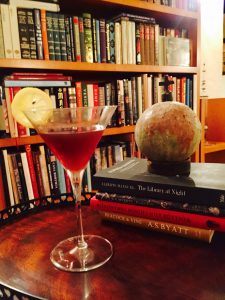 by Leanne Ogasawara
by Leanne Ogasawara